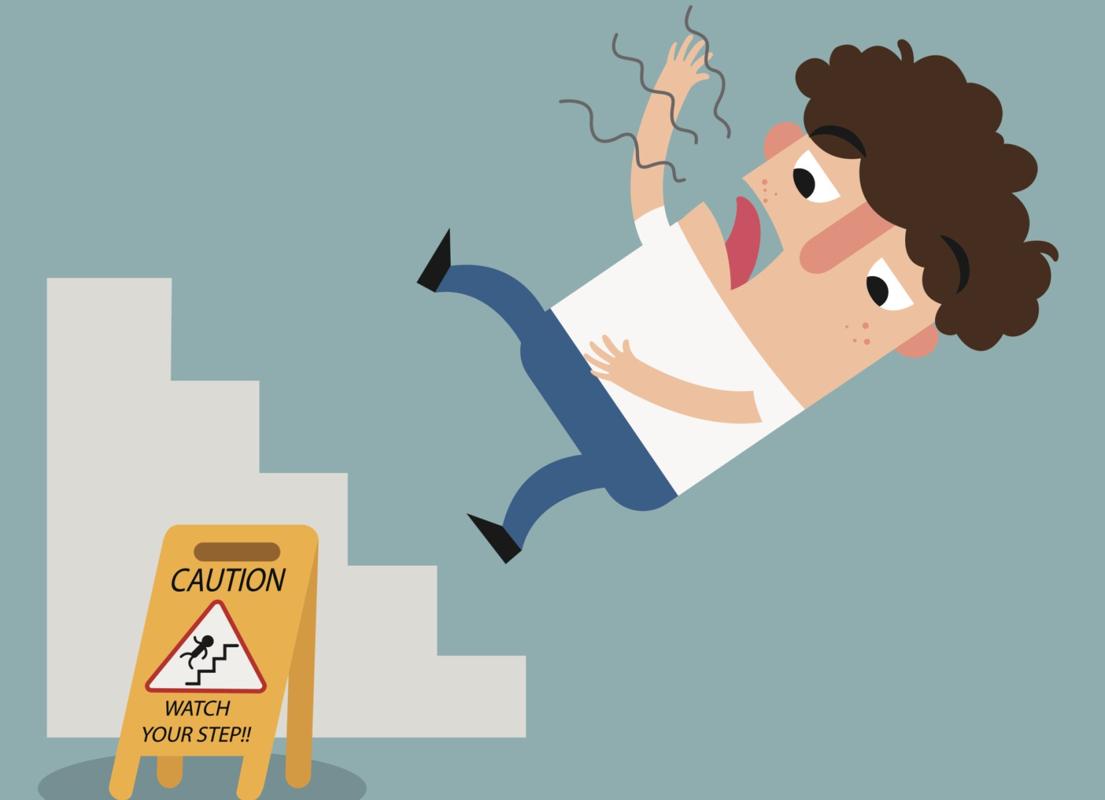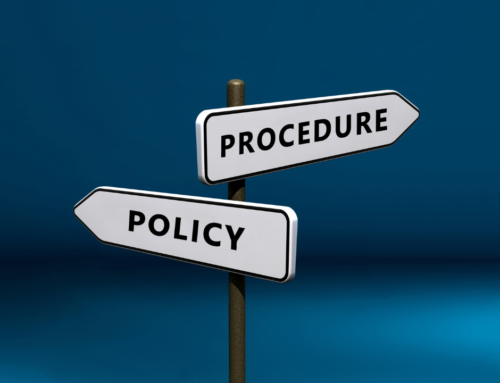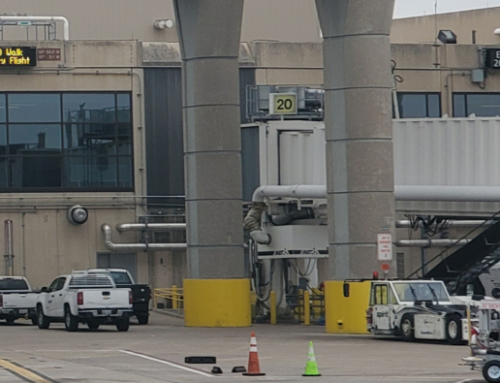Have you ever walked past unsafe acts at work?
You may be wondering what can even be labeled as “unsafe acts.”
It’s fairly simple in theory. An unsafe act is anything that deviates from a generally recognized safe way of doing the act. When you do you increase the probability for an accident.
We generally think of such things as:
- Improper use of personal protective equipment [PPE]
- Failure to use PPE – either willingly or through lack of proper care
- Use of defective equipment
- Removal, or failure to use safety devices
- Operation of equipment at unsafe speeds, and
- The operation of equipment without proper authorization, training, and/or qualifications
As you can tell, these are all acts that relate to an employee in a physical way. But, in this article, I want you to think of ‘unsafe acts’ from the perspective of psychological safety. You may have guessed that these acts threatening psychological safety are in direct correlation to bullying and harassment.
But before we get there, let’s go back to the world of physical safety.
It has been found that as many as 88% of all workplace injuries are caused by unsafe acts committed by employees.
The following factors have been found to be contributing causes to these injuries:
- High or increased workloads
- Pressures of production
- Insufficient workforce levels
- Ergonomic hazards
- Improperly maintained or repaired equipment
- Employer’s failure to identify potential hazards, or
- Inadequate training or complete lack thereof
Does any of this sound familiar to you?
I’m sure it does, unfortunately.
But how can we best counteract those common unsafe acts? By having an effective safety program!
The Three E’s of Safety at Work
The important elements of an effective safety program are often referred to as the 3 E’s:
- Education
- Engineering
- Enforcement
Education means training employees in relation to:
- Proper procedures
- Job responsibilities
- Safety rules and safety awareness
- Expectations that they will work safely
- Defining unsafe acts
Engineering deals with finding safety hazards, more specifically:
- Identifying and correcting the hazards
- Proper selection of equipment and facilities
- Daily safety checks of equipment
- Self-inspection of facilities
- Implementing corrective action to reduce accidents
And Enforcement of safety rules conquers the following ideas:
- Rules are not effective unless they are enforced
- The importance of progressive discipline for repeaters
- Re-educating employees when needed
This brings me back to my very first question: Have you ever walked past an unsafe act?
When we see an unsafe act, we should have been taught to immediately intervene to stop it. Before the worker gets hurts or hurts someone else!
Unsafe Acts in a Workplace can be Psychological Acts
So, now let’s get back to the idea of this not being a ‘physical’ act but rather a ‘psychological’ one.
Does any of the above change just because we are talking non-physical behavior?
In truth: It shouldn’t matter at all.
The important elements of an effective psychological safety program (A.K.A. an organization’s Respectful Workplace Program) can also be referred to in the same way as the original 3 E’s:
- Education
- Engineering
- Enforcement
Education, in this case, means training the employees in relation to:
- The Respectful Workplace Policy
- Job responsibilities
- Safety rules and safety awareness (the expectation that they treat each other with respect and dignity)
- Explaining your expectations that they will work safely (treating each other with respect)
- Defining unsafe acts (such as bullying and harassment)
Engineering means finding safety hazards:
- Identifying and correcting the hazards (disrespectful behavior)
- Daily safety checks of equipment (regular demonstrations of civil/safe behavior towards coworkers and others)
- Implementing corrective action to reduce accidents. (Apologizing to someone when we have done something that offended them)
And Enforcement of safety rules still remains as:
- Rules are not effective unless they are enforced
- Progressive discipline for repeaters
- Re-educating employees when needed
The Intervention of an Unsafe Act
But back to the intervention of an unsafe act.
Think about how the suggestions would differ if we were dealing with a psychologically unsafe act.
First off, there are standard guidelines about how a person should approach the worker:
- Stay calm and take the worker aside.
- Be sure not to let your body language say otherwise – such as a tense posture or glaring.
- Calmly mention the unsafe act that you witnessed and talk about what could have happened if you didn’t intervene. Ask them to suggest a safer way to do the job.
- Obtain the worker’s agreement to work more safely in the future.
- Engage the worker in a general discussion of safety. Maybe ask if they have any safety concerns.
- Always thank the employee for their time.
Reinforce Positive Safe Behavior
Don’t forget to actually acknowledge those who ARE working safely and behaving in a way that adds positively to the workplace. This has the impact of increasing worker involvement and commitment to safety.
What are some other points to remember when you are dealing with unsafe acts that apply to both physical safety as well as psychological safety?
- Keep consistent. If you address unsafe behaviors only some of the time, you will be sending mixed messages.
- Always positively reinforce safe behavior or it may disappear.
- Don’t jump to conclusions. Unsafe behavior is not always deliberate. The worker may be tired, distracted, rushed, or insufficiently trained.
- If you continue to see unsafe behavior (or have it reported), talk about the potential consequences of such continued behavior. If safety rules aren’t followed, and additional training, education, and other informal measures don’t have the desired impact, progressive discipline may be needed next.
- Be sure to always document the discussions and any related actions.
I hope that I have encouraged you to think of safety in more than just the traditional sense.
Safety is our Number One Job
Safety is critical to healthy workplaces and must be Job #1 for all of us. This kind of attitude will ensure that we are showing up and behaving in a safe way at work. We acknowledge and thank those that do likewise while holding accountable those who act unsafely.
Remember that definition of an unsafe act?
An unsafe act is an act that deviates from a generally recognized safe way or specified method of doing a job and which increases the probabilities for an accident.
I wish you a safe day, both physically and psychologically!






